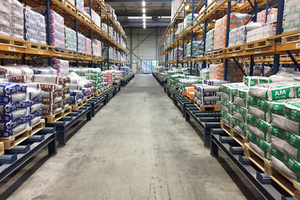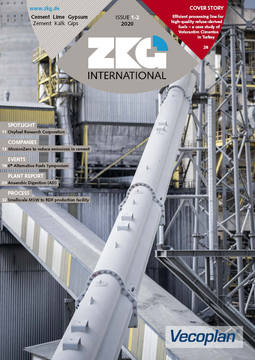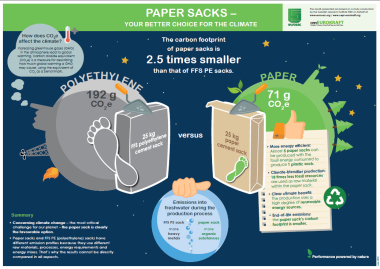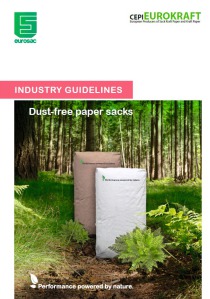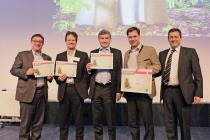Paper and plastic sacks provide equivalent shelf life
A recent study found that paper sacks and form-fill-seal (FFS) polyethylene sacks provided equivalent protection for cement when stored for 18 months under the same conditions. The study was conducted by the Norwegian research organisation SINTEF on behalf of the European Paper Sack Research Group (ESG), a collaboration between CEPI Eurokraft and Eurosac.
“Since cement hardens when reacting with water, perfect product protection of the packaging is vital when storing cement for a longer period of time in order to conserve its quality and properties,” explains Catherine Kerninon, General Delegate of Eurosac. “To ensure that our industry meets the requirements of cement producers and can compete within the packaging market for cement, we investigated the shelf life of the two sack solutions that are used most widely on the market: cement paper sacks and cement plastic sacks.” For the study, typical sack solutions of each type were chosen: a standard cement paper valve sack made of two paper layers of 80 g and 70 g with a 12 μm high density polyethylene (HDPE) free film barrier, and a standard plastic sack made of three layers of COEX PE film (LDPE, HDPE and LLDPE) with a total thickness of 120 µm.
Study design
Three sacks of each type were filled with the same type of cement and stored in an outside storage house in Norway where they were exposed to ambient weather conditions throughout the test period. The sacks were stacked on a wooden pallet and covered by a plastic stretch hood – a typical storage situation. “Although the average storage time for bagged cement in Europe is estimated to be no longer than 2 to 3 months, in our study we wanted to investigate how the sacks perform within longer storage periods of up to 18 months,” says Catherine Kerninon. “Therefore, after three different time periods, one sack of each type was collected.” After sampling and homogenisation of the cement, the samples were subjected to different standardised test methods for measuring the quality of the cement after each storage period.
Results demonstrated long shelf life for both sack types
The outcome of the tests revealed: Whether total weight, level of hydration, mortar strength, initial flow behaviour or 28-day compressive strength – the quality and performance of the periodically sampled cement from both types of sacks was well within the requirements of the cement industry. “The study shows: If you want to store cement for a period of at least 18 months, paper sacks provide a good shelf life performance. They perfectly protect the quality and properties of your product,” summarises Catherine Kerninon. At the same time, paper sacks have strong environmental credentials: their carbon footprint is 2.5 times smaller than that of plastic sacks. This is the result of another recent study by the Swedish research institute RISE.
Best practices for storing paper sacks
“Paper sacks are an efficient and sustainable packaging solution for powdered and loose materials like cement,” concludes Catherine Kerninon. “In order to take full advantage of these properties, we have published recommendations on how to handle industrial paper sacks properly along the supply chain.” Part 2 provides information about risks and best practices during distribution and storage to distributors and retailers.
//www.cepi-eurokraft.org" target="_blank" >www.cepi-eurokraft.org:www.cepi-eurokraft.org
//www.eurosac.org" target="_blank" >www.eurosac.org:www.eurosac.org

